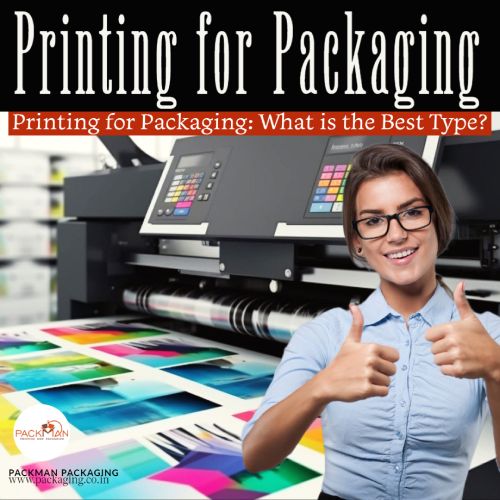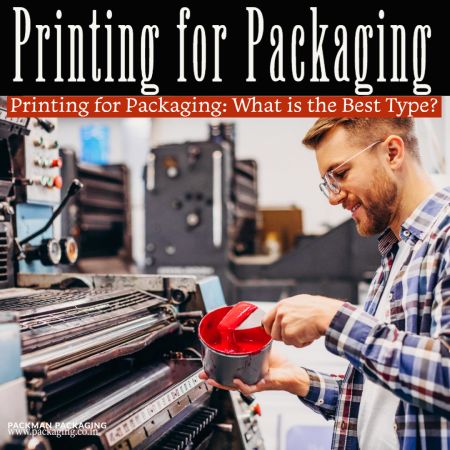When it comes to packaging, selecting the right printing method is key to ensuring the best visual appeal, durability, and cost-effectiveness. There are various printing techniques available, each having its own advantages and suitability for specific packaging requirements. In this blog, Packman Packaging India’s leading corrugated boxes manufacturer and printing services provider shares some of the popular printing methods and identify the best type of printing for packaging.
There is no single set of rules in regard to printing, such as packaging. But, there is a range of various printing methods, each one of which has distinct weaknesses and strengths that you should be conscious of.
Using the right printing method for packaging is significant, along your very best choice will be dependent on several unique aspects. Having a good knowledge of the variants, you will have the ability to make the finest option for your unique needs. So, let us have a look together at all the different pros and cons of the different printing methods available on the market.
Flexographic Printing:
Flexographic printing, also known as flexo printing, is a greatly used method for packaging materials. It involves the use of flexible relief plates made of rubber or polymer, which are mounted on rotating cylinders. The plates transfer ink on the packaging material, creating high-quality prints. Flexo printing is suitable for large-volume production and is commonly used for labels, corrugated boxes, and flexible packaging. It provides good colour vibrancy, high printing speed, and is cost-effective for long runs.
Offset Printing:
Offset printing is a quite popular choice for high-quality packaging having intricate designs. It involves transferring ink from a plate to a rubber blanket and then onto the packaging material. Offset printing provides good image detail, sharpness, and colour accuracy. It is perfect for a wide range of packaging materials, including paperboard, cartons, and rigid boxes. This method lends superior print quality, consistent results, and the ability to use multiple coatings and finishes to enhance the packaging’s visual appeal.
Digital Printing:
Digital printing has garnered significant popularity in recent years because of its versatility and cost-effectiveness for short to medium-print runs. It removes the need for printing plates, letting for quick setup and customization. Digital printing provides high-resolution printing, making it suitable for packaging having complex graphics, small text, or variable data. It is generally, used for labels, folding cartons, and prototypes. However, the per-unit price of digital printing might be higher compared to traditional methods for large production volumes.
Gravure Printing:
Gravure printing, also called rotogravure printing, is a high-quality and high-speed printing method generally, used for flexible packaging, like food wrappers and pouches. It involves engraving tiny cells on a cylinder, which are filled using ink and then transferred to the packaging material. Gravure printing delivers perfect color saturation and fine details. It is wonderfully suited for long print runs and large orders. However, it needs significant setup time and cost, making it less economical for smaller quantities.
Screen Printing:
Screen printing, also known as silk screen printing, is a versatile procedure suitable for a variety of packaging materials, including glass, plastic, and metal. It involves pushing ink through a fine mesh screen onto the packaging substrate. Screen printing provides vibrant colors, excellent ink opacity, and the ability to print on uneven or curved surfaces. It is mostly used for cosmetic packaging, beverage bottles, and promotional items. However, screen printing could be time-consuming and less cost-effective for large-scale production.
Opting for the best type of printing for packaging depends on multiple factors such as budget, order quantity, design complexity, and the desired visual impact. Each printing process has its own strengths and considerations. Flexographic printing is suitable for high-volume production, while offset printing provides exceptional print quality. Digital printing gives customization and quick turnaround, while gravure printing excels in color saturation. Screen printing is versatile and suitable for multiple packaging materials.
Eventually, it is essential to work closely with a professional packaging supplier or printer like Packman Packaging to determine the most appropriate printing method based on your specific packaging needs and constraints. Our expertise and knowledge will help make sure that your packaging stands out, meets your branding objectives, and meets the needed technical specifications.





